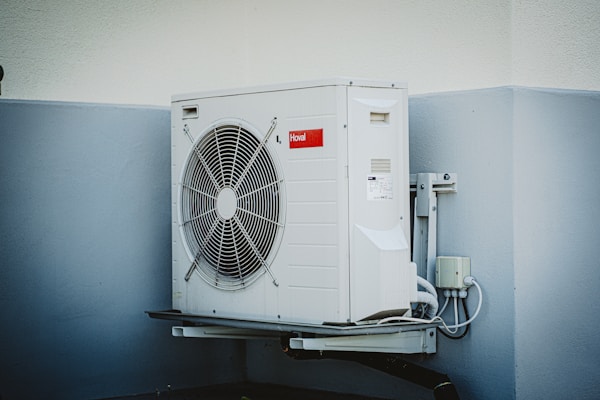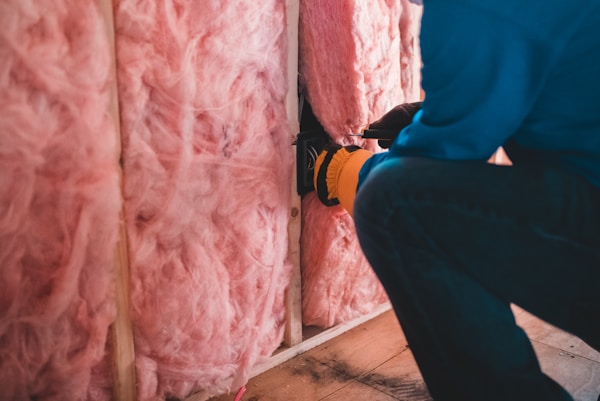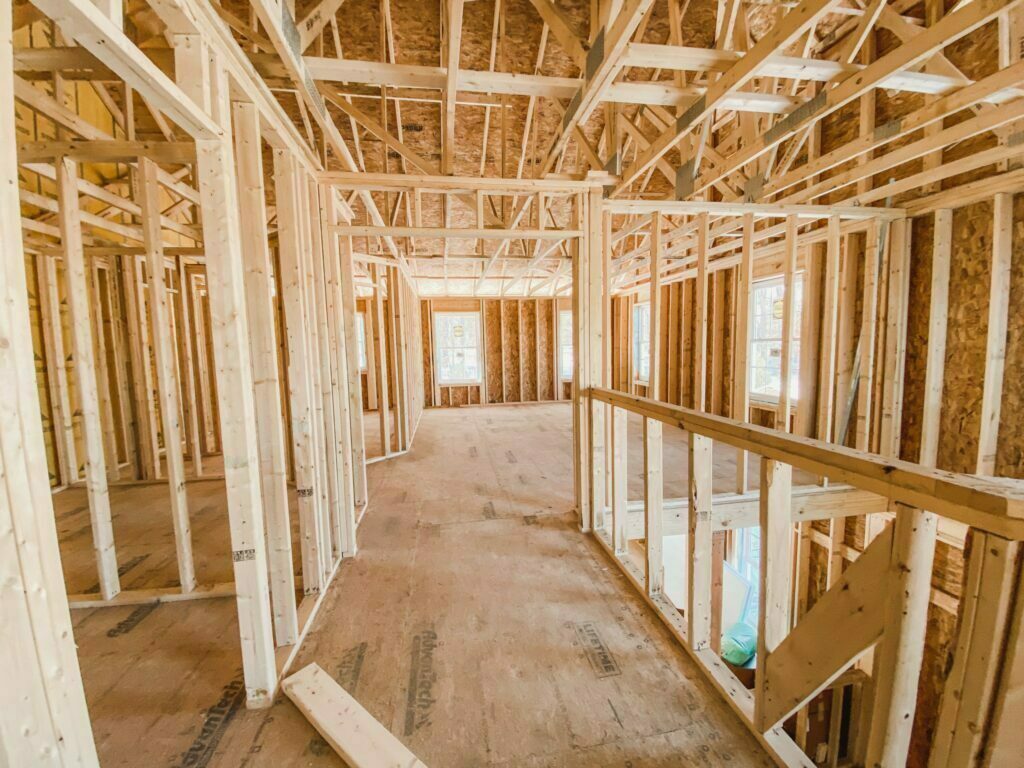If you’re building a new home, you’ll want to make sure you install the best HVAC system for your needs. HVAC stands for heating, ventilation, and air conditioning and is an important part of creating a comfortable home. There are many factors to consider when selecting and installing an HVAC system, such as the size of your home, the climate you live in, and the energy efficiency of the system. Keep reading to learn more about HVAC new construction considerations.
System Type

When installing an HVAC system in a new construction home, there are several key considerations to keep in mind. The first step is to select the right type of system for your home. This will depend on the size of the home, the climate in which it is located, and the budget. For example, if your home is located in a milder climate, then a heat pump system that can provide both heating and air conditioning might be the best option. On the other hand, if the home is located in a colder climate, a central air system and a furnace could be a better choice.
You’ll also need to choose the right size system for your home. If the system is too large, it will be inefficient and expensive to run. If it is too small, it will not be able to keep up with the demands of the home. The size should be carefully selected to meet the needs of the home. Additionally, you’ll want to consider the energy efficiency and SEER rating of the system to ensure that you are installing the most efficient system for your needs. This will ensure that you save money on operating costs over the life of the equipment.
Unit Placement
When installing HVAC in a new construction home, it is important to consider the proper unit placement for optimal performance and efficiency. The optimal placement of HVAC units in a new home ensures that the system will operate effectively and efficiently. You should avoid placing the unit in an area that is not exposed to extreme temperatures, such as an attic or basement, as this could cause the unit to overheat or freeze up.
The noise level of the unit must also be taken into consideration. The unit should be placed in an area that is away from living areas, such as bedrooms and living rooms, to ensure that the noise level of the unit does not disrupt daily living activities. Additionally, the unit should be positioned on a level surface to ensure proper operations. Outdoor units should also be located in an area that is easily accessible so that the unit can be properly maintained in the future.
Insulation

Insulation is an important consideration when installing an HVAC system in your new construction home. Proper insulation will help keep your home comfortable year-round while also helping to control energy costs. When installing insulation, it is important to consider the type of insulation, its R-value, and the thickness of the insulation. The R-value is a measure of the insulation’s ability to resist heat flow. The higher the R-value, the greater the insulating power. The R-value should be suitable for your climate and the type of construction in your home. Additionally, thicker insulation can help to provide better performance and save energy costs.
In addition to your home’s insulation, it’s also important to consider the insulation for your air ducts. Add insulation around air ducts during the initial installation of your HVAC system to prevent heat transfer as air moves through the air ducts and into your home. As with your home’s insulation, you’ll want to ensure appropriate R-value and thickness for the insulation around your ducts. This will ensure that your HVAC works as efficiently as possible.
Overall, when installing HVAC in a new construction home, it is important to consider factors such as the size of the home, the climate, the budget, and the energy efficiency of the system. Proper installation is essential for the system to operate efficiently and effectively and for the home to be comfortable.





